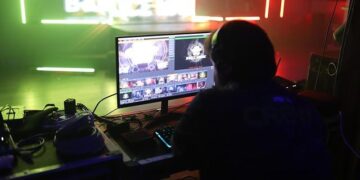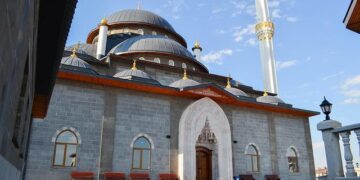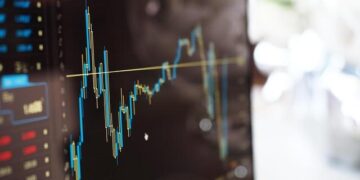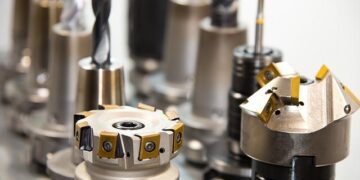Unveiling the Secrets of Herculaneum: Advanced Technology Deciphers Ancient Scrolls
A Journey Back in Time
In a remarkable technological breakthrough, researchers have made significant headway in deciphering ancient texts that were once thought to be lost forever. The Herculaneum scrolls, which were carbonized during the eruption of Mount Vesuvius in 79 AD, have been brought back to life due to innovative imaging techniques. These scrolls, buried under volcanic ash for centuries, hold valuable insights into Greco-Roman culture and philosophy.
The Power of Modern Imaging Techniques
Utilizing state-of-the-art imaging technology such as X-ray phase contrast tomography and artificial intelligence algorithms has allowed experts to visualize the text hidden within these fragile artifacts without causing further damage. By scanning the scrolls layer by layer, scientists can create detailed images that reveal the written words inside each charred tube.
These advancements are not only preserving history but also providing context for understanding ancient civilizations better.
Historical Significance and Philosophical Insights
The elucidation of these texts is vital for historians and linguists alike. The Herculaneum library was believed to contain works from notable philosophers like Epicurus. With many fragments now being read for the first time in nearly two thousand years, they could offer new perspectives on philosophical debates that shaped Western thought.
Recent findings suggest that certain texts may include discussions on ethics or nature’s role from an ancient viewpoint—topics still relevant today.
Current Progress: A Glimpse into Unlocking More Texts
As researchers continue their work with these insightful tools, they are discovering more than just isolated words; entire passages are beginning to surface. Recent reports indicate an increase in integrative efforts among archaeological teams around Europe aimed at systematically exploring more sites affected by volcanic eruptions throughout history—showing how naturally preserved artifacts can pave a path towards intercultural connections through time.
The interest generated by this project has sparked a broader conversation about archaeological preservation methods and how cutting-edge technologies can preserve human heritage while simultaneously making it accessible for future generations.
Conclusion: Bridging Past and Present
Through diligent research combined with modern technological brilliance, we stand on the brink of unraveling profound narratives etched into ancient papyrus scrolls lost within exuberant history. The initiative surrounding burnt Herculaneum materials could very well redefine our comprehension of cultural legacies left behind by previous civilizations—a testament shown through analog tools refining narratives buried deep below layers of time itself.






























